Hey SplinterMates, I hope you are doing well! Today we have a new Community Engagement Challenge proposed by the Splinterlands team.
Players should be focusing on Land and sharing with the community their knowledge. But, as each of my entries, I encourage all Splinterlands players to participate in these challenges to make this game more visible in all medias. If you are interested in participating, please go to the following link.
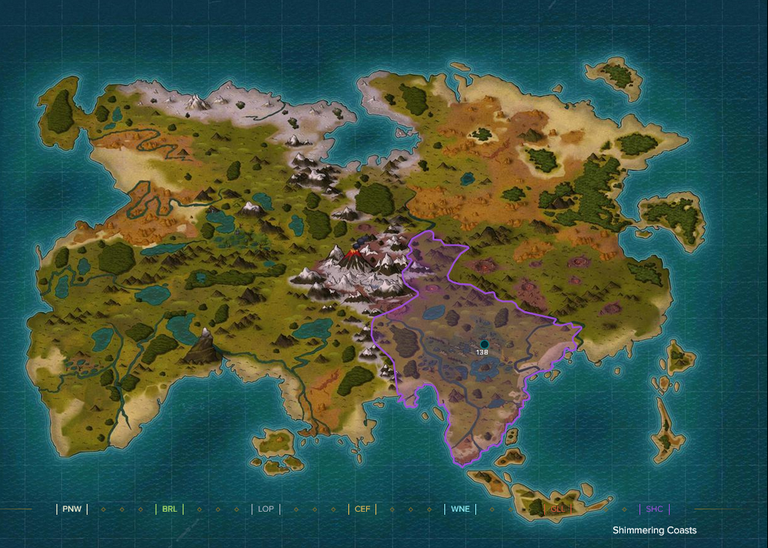
So the very first question would be: What is LAND in Splinterlands?
In Splinterlands, land is a unique gameplay element that adds depth to the game's economy and resource management, allowing players to build and generate resources. I am preparing a breakdown of how to use and develop land in Splinterlands:
How to build land in Splinterlands?
1. Claim Your Land Plot
Buying Land: First, you need to purchase a land plot if you haven't already. You can acquire land from the Splinterlands marketplace, directly from other players, or through special sales when they are available.
In the picture below, you can see where to find Land in Splinterlands marketplace directly.
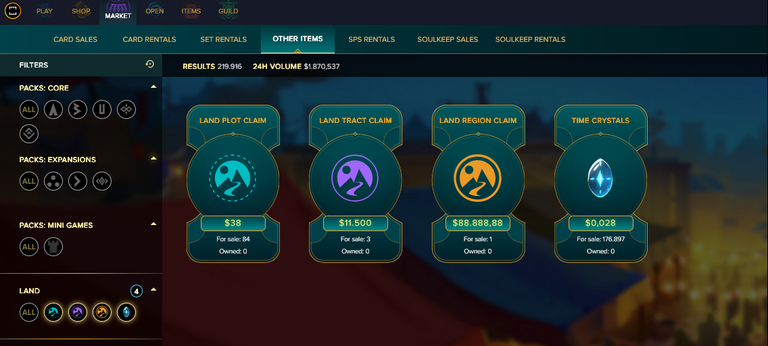
You have also other options, like buying Land on Peakmonster. The Land on Peakmonsters is usually cheaper, as the Land plot has already been claimed. You can focus more on the type and rarity of the Land you want to buy.
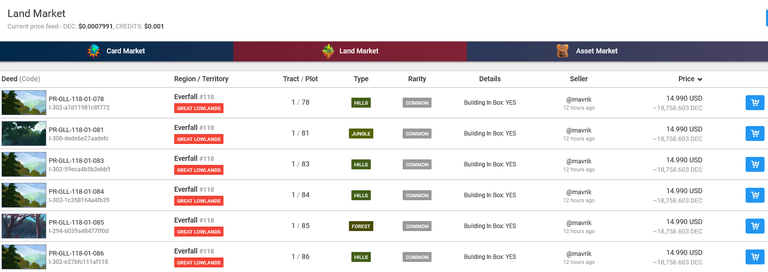
2. Focus on Rarity and Type of Land
As per the cards, there are different type of Lands in the game. Prices will change depending on the rarity (common, rare, epic, legendary and mythic). For the High-Rarity Land, you will need to priorituze optimizing those, as they provide higher yield ressources or have special trais. These rarer plots often provide more value for resources and may attract higher returns in the future economy.
It is also key to match Land Type with Monster Abilities: Different types of land (forest, mountain, etc.) are better suited for specific monsters or resources. Try to match your land type with monsters that will enhance its natural resource yield. For example, water monsters might be more efficient on water-based land plots.
3. Assign Optimal Monsters to Each Plot
Use High-Level Monsters: Higher-level monsters usually contribute more efficiently to resource generation. They may boost production rates or have bonuses based on level, rarity, or card set.
Select Monsters Based on Traits: Specific monster traits might align better with certain resource types. For instance, monsters with high Power or unique abilities might be better suited for particular land tasks. Check for any production bonuses tied to these traits to boost resource output.
Specialization: Try assigning different monster combinations on each land type to find what works best. Experiment with different elements (Fire, Water, Earth) and abilities to see which provides the best yield per plot.
Below you can see an example of my 2 Land plots:
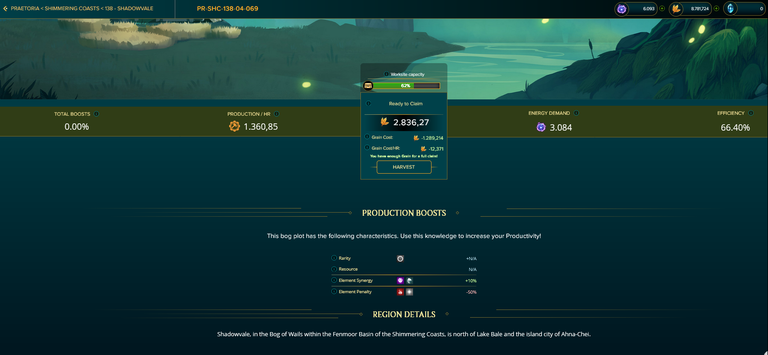
This first Land is a common natural Land plot. This Land has sinergy with Death and Water cards (+10% bonus) and has penalties for Fire and Life cards (-50%). Due to this, I have put only Death and Water cards.
So before buying Land, be sure you also own the required type of cards, so you can optimize earning!

4. Gather Resources
Land plots in Splinterlands generate resources, which will become critical as more gameplay features related to land are rolled out. Each land plot can produce specific resources used in the game. Currently, you can produce 3 different types of ressources: Grain, SPS and Research Points. It is important to know that all working cards will need grain to work. So be sure:
1- You have a Land dedicated for grain
2- You have DEC to exchange for grain
WITHOUT GRAIN, your workers will not be able to produce anything!
I personally own one Land plot for Grain and another one for generating SPS. The Grain Farm has been shown before, below you have details to my SPS Mine. In this way, I am almost self sufficient with the Grain produced by my Land plot to feed all workers.
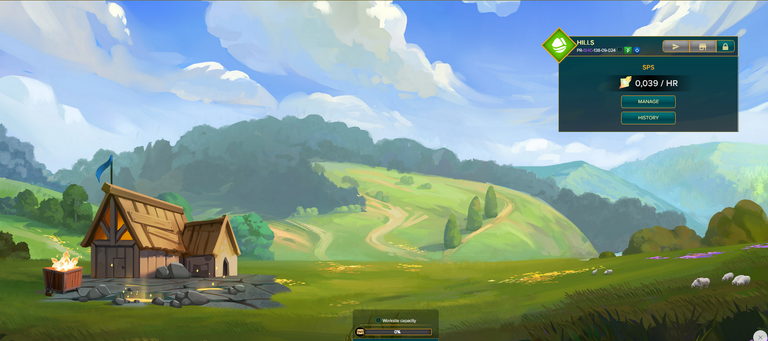
5. Economy and Trade
A key aspect of Land currently (but will increase in the future) will be the Land economics. Resources and items generated on your land can be traded with other players or sold on the marketplace.
As mentioned before, there is an Exchange where you can swap DEC for Grain. I personally consider these rates are really OK, so you can start swaping DEC for Grain in case you just got one plot of Land.
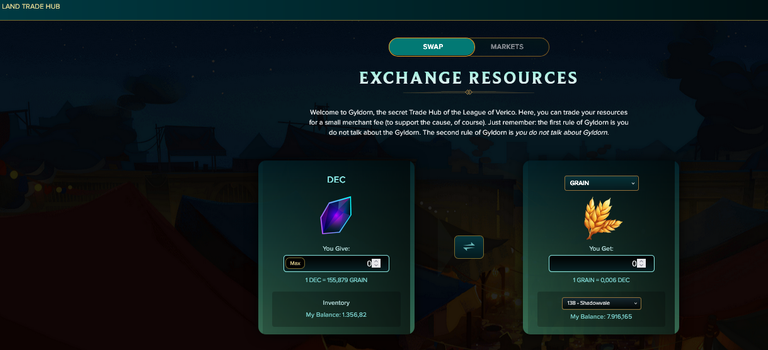
As Splinterlands continues to release more content around land, items, and spells, a player-driven economy will emerge, where landowners can capitalize on their resources to earn DEC or other rewards.
But these is something for Land 1.75 and Land 2.0.
6. Prepare for Future Expansion
We have currently Land 1.5 and there are just a few features. But Splinterlands and the team have a Land expansion roadmap. Splinterlands plans to expand the functionality of land, including crafting spells and items that can be used in battles. Keeping an eye on upcoming updates will allow you to strategize around resource production, trade, and possible combat benefits.
Land in Splinterlands is a long-term asset that offers opportunities to generate passive income and engage with an evolving economy. As features continue to be added, staying informed on Splinterlands’ updates will help you make the most of your land investments!

Please share with me in my comments section which are your future plans for Land.

If you haven't made an account already, please consider using my referral link to sign up.
Congratulations @estebam! You have completed the following achievement on the Hive blockchain And have been rewarded with New badge(s)
Your next target is to reach 500 upvotes.
You can view your badges on your board and compare yourself to others in the Ranking
If you no longer want to receive notifications, reply to this comment with the word
STOPCheck out our last posts:
Thanks for sharing! - @mango-juice
